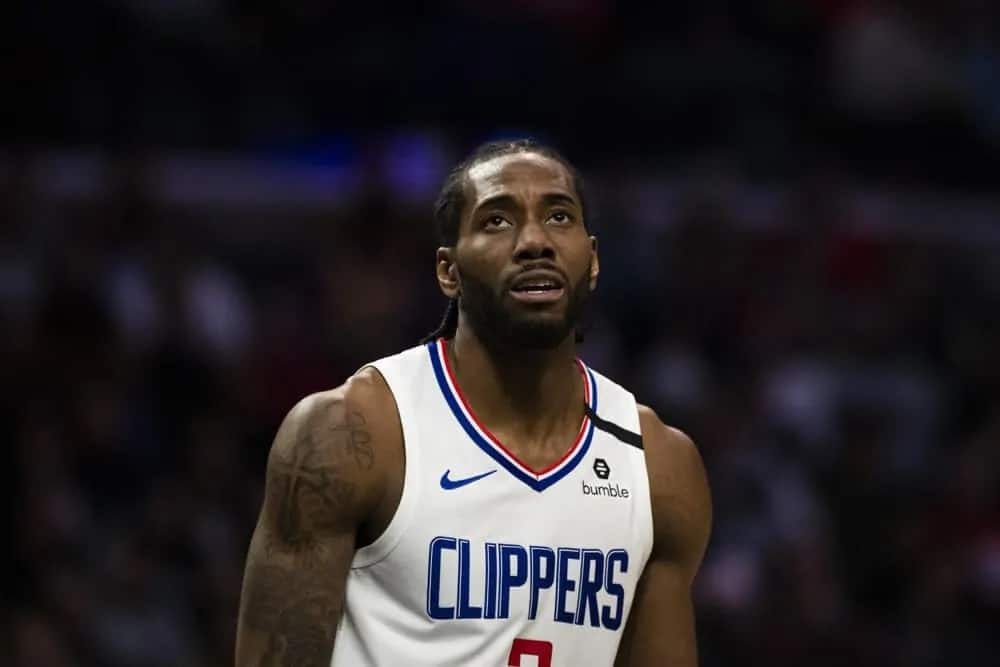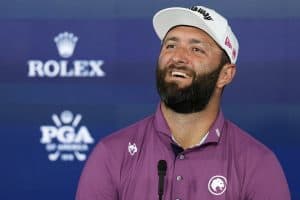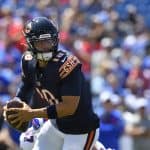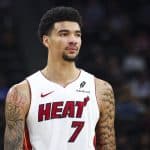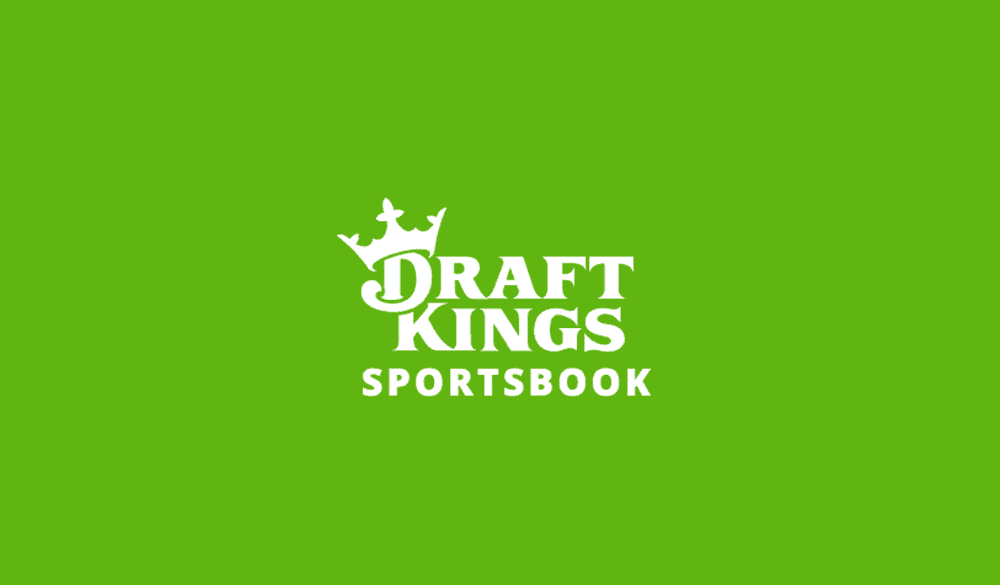Let’s say you expect Kawhi Leonard to go off tonight. Two of his teammates who are usually in the starting lineup are out, and he’ll face the New York Knicks, who have, for the sake of this hypothetical, struggled against wings this year. Should you simply place a standard player prop bet on his over? Well, for the maximum payout, no — you should place a ladder bet. Let’s break down the best betting strategies to create winning ladder bets via our Ladder betting guide. For more NBA betting tips, check out our NBA articles or our NBA betting tools.
Ladder Betting Guide
Introduction to Ladder Betting
Individual players took stuffing the stat sheet to new extremes in the 2022-23 NBA season. Jayson Tatum dropped 51 points on the Charlotte Hornets on Martin Luther King Jr. Day. Donovan Mitchell scored 71 against the Chicago Bulls two weeks before that, and Giannis Antetokounmpo scored 55 the next day.
All three players easily cashed the over for their standard player-prop totals, but they also would’ve earned bettors who teased that number up even bigger payouts. With massive individual efforts on the rise in the NBA, player prop bettors should be trying to spin a profit on possible huge games by teasing standard prop numbers up. But wagering too much on an incredible performance — and not enough on just an above-average one — can leave bettors with a depleted bankroll. Mixing standard player props with teased-up markets is the best formula for success.
Ladder betting offers a happy medium. A ladder bet is a bit of a misnomer — it’s actually a series of bets on different but related markets. For example, if you bought Trae Young to go over his standard prop total of 20.5 points — but also bought him to score 25-plus, 30-plus and 35-plus — you have placed a ladder bet. It’s smartest to structure your units on those wagers to make sure you only need one or two props to hit for you to break even or turn a small profit.
One key to making successful ladder wager is to identify a good matchup. This is usually easier for role players. Finding a team that struggles against corner 3-pointers would warrant a wager on a wing that specializes in shooting from that part of the floor. Identifying a team that can’t defend the paint, especially the restricted area, usually makes the opposing center a sharp play. But guys like Al Horford and Jarrett Allen — guys who fit the first and second criteria, respectively, aren’t putting up 50-point games. Still, they won’t need to score more than 25 for you to hit it big.
Another crucial consideration, expected usage rate, can help with bigger-name players. Usage rate calculates the share of a team’s possessions that ended with a play made by the given player during his time on the floor. Unsurprisingly, the NBA’s three best players in usage rate — Joel Embiid, Luka Doncic and Giannis Antetokounmpo — also rank top-five in points per game. A higher-usage player is that much likelier to put up monster numbers on a given night — and therefore much likelier to cash a ladder bet.
The third key to placing a sharp ladder wager is the injury report. That can take the form of backing a player well before tip because his teammate is questionable — if the sportsbooks will let you. But more often, exploiting the injury report comes down to how one player’s absence will affect another. For example, Donovan Mitchell’s 71-point game came with Darius Garland sidelined. Mitchell’s usage rate (30.9%) slots in just above Garland’s (26.3%). But since Mitchell and Garland have shared the floor for 750-plus minutes this year, it makes sense that one’s production would increase significantly without the other.
Identifying a Good Matchup
Those who have played regular or daily fantasy sports (DFS) certainly know the value of matchups — especially in football. You probably don’t want to start a quarterback against a defense that ranks top five in points allowed to the position. The same goes for point guards. But in an increasingly positionless NBA, bettors may struggle to parse out good matchups from bad ones.
Websites like FantasyPros offer free tools that index NBA defenses by counting stats allowed to positions. However, those tools are rooted in statistics pulled from NBA DFS — that means the position assigned to a player by DraftKings or FanDuel can skew results, especially if you filter to the last seven games. Still, NBA DFS sites are relatively accurate with their position assignments, especially over a sample as large as a quarter of the NBA season, so the tool offers plenty of value.
But not every player at a given position has the same game — just because a team gives up a ton of 3-pointers to centers each game doesn’t mean you should buy Mitchell Robinson to hit one. Likewise, a team may give up a load of points to small forwards but an average number of 3-pointers to the position. That makes a slashing wing like Keldon Johnson a far better bet than a sharpshooting one like Buddy Hield.
Bettors can determine whether a given player will actually have an advantage by comparing where they shoot to where their opponents struggle. Bettors can even start the process of matchup identification by doing so and then running that insight against position-based matchup data. To do so, check out the NBA’s official opponent shooting splits by zone. That tool allows you to identify which teams allow the most shots from the restricted area, mid-range, the corner or above the break. Once you’ve done that, simply swap to the player view and filter by team to see which players on the opposing team shoot well from that part of the floor.
As the NBA season progresses, bettors can turn to a player’s splits to confirm the quality of a matchup. For example, if you are preparing for a given slate and know that the Orlando Magic will face the Boston Celtics for the third or fourth time, you should see if their defense actually struggled against the position in question. While sportsbooks will often (but not always) increase the price for a player relative to their season average if they did well previously, they may not adjust enough — especially if the player in question recorded an outlier showing against that team earlier in the year. Further, they may sometimes overcorrect a number enough to create value on the under — especially if early action comes in to steam it up.
Analyzing Usage Rate for Ladder Betting
Absurd stat lines became commonplace in the NBA during the 2022-23 season. New York’s Jalen Brunson racked up 48 points against the Cleveland Cavaliers. Cleveland’s Donovan Mitchell went for 71 points against the Chicago Bulls. Milwaukee’s Giannis Antetokounmpo exploded for 50-plus points three times in 2023 alone. Philadelphia’s Joel Embiid recorded two 50-plus point showings. Luka Doncic went for 60 against the New York Knicks and record another two 50-plus point games.
Few statistics capture more about a player’s role on their team than usage rate. The metric calculates the percentage of a team’s possessions with a given player on the floor that end in a shot attempt, free-throw attempt or turnover by that player. Players with massive usage rates account for most of their team’s scoring and have the highest potential to explode for a monster showing on any given slate.
Three of the four players mentioned above lead the NBA in usage rate: Embiid (37.9%) and Antetokounmpo (37.4%) and Doncic (37.3%). So then why does Donovan Mitchell, who ranks 14th in the metric (30.6%), lead the NBA in single-game scoring this year?
While some teams employ a singular superstar to carry their offense, others have their star players share the ball. That’s what the Cleveland Cavaliers have done this season. Mitchell ranks 14th in usage rate because his teammate, point guard Darius Garland, ranks 44th (26.6%). Embiid, Antetokounmpo and Doncic all play without teammates ranked inside the top 50.
Usage rate offers bettors a bevy of insights when read in conjunction with a team’s injury report. If, say, Embiid has to sit, the 76ers have a 37.9%-sized hole in their offense for the minutes Embiid would have played. Backing standard player props or teased-up overs for the next-best players in usage rate, Tyrese Maxey (25.4%) and James Harden (24.7%), could pay dividends if the books don’t adjust enough.
A lower-usage player missing time can also provide meaningful insight, and Mitchell’s monster performance is an excellent example. The Cavaliers were without 26.6% of their typical offensive production with Garland sidelined. Cleveland adjusted by inserting Caris LeVert, a low-volume wing who ranks 166th in usage rate (19.2%), into the starting lineup. The 7.4-percentage point difference between them led Mitchell’s usage rate to tick up from 30.6% to a whopping 40.9%. LeVert’s (18.8%) stayed roughly the same.
Usage rate allows bettors to quantify the offensive significance of a player’s presence and absence. For that reason, bettors looking to profit off the recent explosion of elite individual performances must pay careful attention to it. Low-usage players will rarely be worth targeting for ladder bets barring a smash-spot matchup — or an injury. Conversely, high-usage players can pop off on any given night, and finding the right matchup or narrative can help you score a massive payout.
Projecting Injury Reports
The invention of load management, often attributed to Kawhi Leonard, has made the NBA that much more difficult to handicap. Sportsbooks often delay or limit lines for teams playing on the wrong end of back-to-backs in anticipation of certain players sitting. Good luck trying to place a player prop wager early, too.
Savvy bettors can use the NBA’s love affair with injury designations to their benefit. Correctly anticipating a player’s absence can score you some closing line value (CLV), and our expert analysts will often share the lines likeliest to move on a given day via OddsShopper Premium Insider Access. Further, understanding the nitty gritty of a player’s offensive and defensive contributions can help you handicap the player prop markets.
Exploiting NBA injury reports requires nothing more than attention to detail and pattern recognition. Reading the report at least once a day before tip — and seeing which teams and players get downgraded from questionable — can help you approximate how likely that player is to play through such a tag in the future. Guys like LeBron James almost always have an injury tag but play anyway, while others, especially those on injury management programs like Jamal Murray, are less likely to do so.
The NBA schedule is an implicit part of the injury report. Certain veteran players always sit on the second leg of a back-to-back, like Boston’s Al Horford did in the 2022-23 season. Both books and sharp bettors know this. That means you should handicap the next day’s game as if those veterans will sit. Although a star-studded, veteran team may pop off the page when listed as an underdog, knowing whether they’re on a back-to-back can help you avoid jumping in at a bad price point for the players they’ll have available.
Once you start to notice trends, like how many games a player who missed multiple games needs to return after first getting listed as questionable, it’s easier to get ahead of lines and score CLV on spreads and totals before tip. But for prop bettors, other steps are necessary to secure the most value.
Player prop markets are a different beast. The books will usually gas up most prop totals for the teammates of a player who is sitting. Sometimes they may not sufficiently adjust for how much a player’s usage rate is likely to spike. For example, swapping out a point guard with a usage rate of around 25% for a backup with a usage rate of just 15% means the original starters should see plenty of extra scoring opportunities — but that 10% difference will likely get distributed according to their current usage rates. Said another way, that point guard’s high-usage teammates will benefit more from his absence than lower-usage ones.
However, a player’s absence can affect more than the usage rate of his teammates. For example, if a team that struggles to defend the perimeter is unlikely to have its star rim protector, it can be smart to buy the under on the 3-point props for their opponent. With the interior less protected, those shooters may opt to pass or drive in for easy layups. That team’s perimeter defense may even improve with a different center in the lineup.
